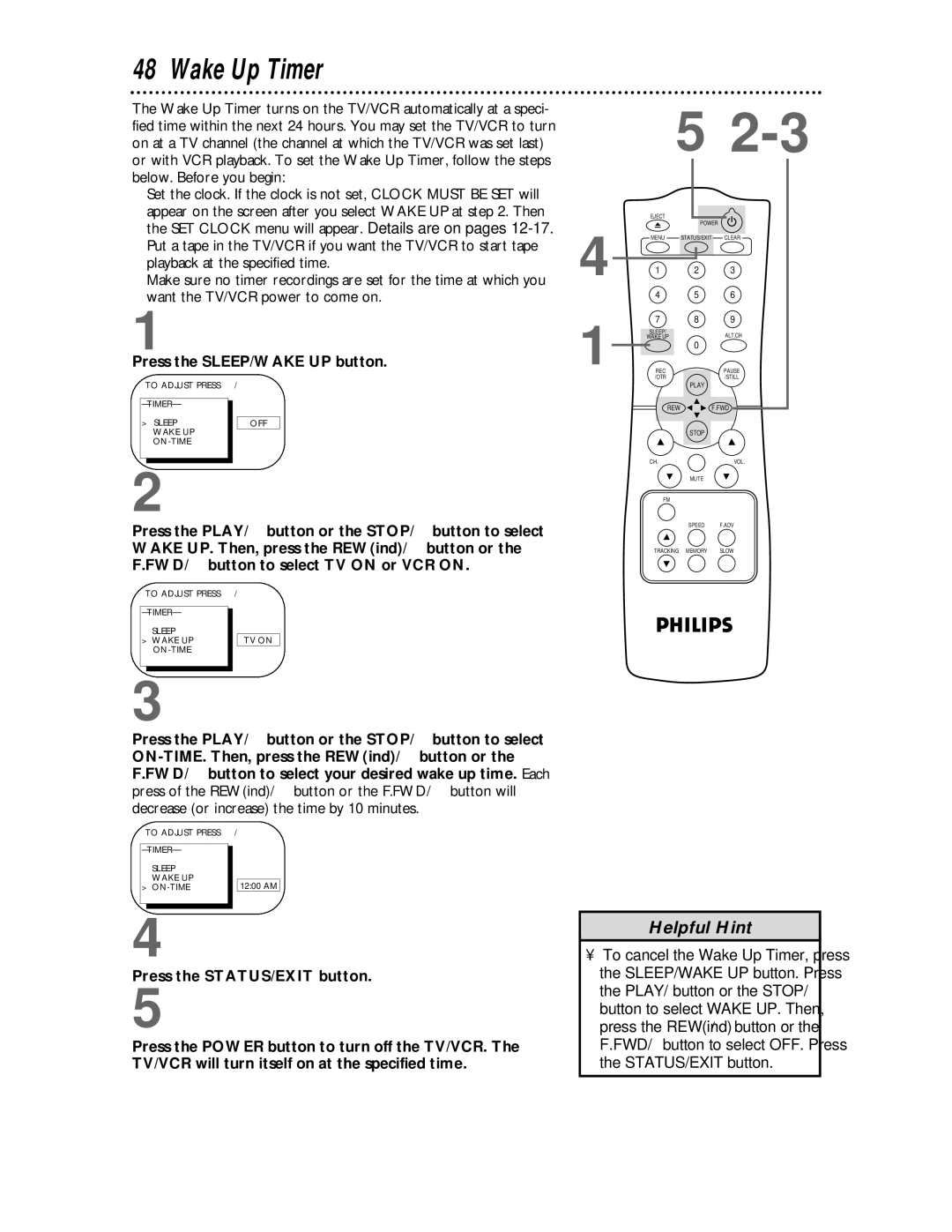CCC133, CCC193 specifications
The Philips CCC193 and CCC133 are advanced single-chip solutions meticulously designed to elevate performance in modern electronic devices, particularly in the realm of consumer electronics. These models exemplify Philips' commitment to innovation and excellence, providing users with enhanced functionalities and superior performance.The CCC193 model boasts an impressive array of features that cater to high-demand applications. It incorporates advanced audio and video processing capabilities, making it ideal for use in high-definition televisions, home theater systems, and multimedia devices. One of its standout characteristics is its ability to support multiple video standards, enabling seamless playback from various sources. This flexibility is complemented by integrated support for various audio formats, ensuring that the CCC193 delivers an immersive user experience.
On the technology front, the CCC193 utilizes cutting-edge digital signal processing techniques. This ensures that audio and video signals are not only processed with precision but are also capable of delivering a remarkable range of dynamic content. The chip employs innovative noise reduction algorithms, enhancing audio clarity by eliminating unwanted distortions. Furthermore, its energy-efficient design allows for prolonged use without excessive power consumption, making it a sustainable choice for manufacturers aiming to meet contemporary energy standards.
The CCC133 model, while slightly less advanced than the CCC193, still brings a robust offering to the table. It is designed primarily for entry-level applications but does not compromise on essential features. The CCC133 supports standard video playback and audio formats, making it suitable for budget-friendly televisions and basic multimedia players.
A significant advantage of the CCC133 is its compact size, allowing for easy integration into smaller electronic devices without sacrificing performance. The chip's architecture is optimized for low latency, making it suitable for applications where real-time audio and video synchronization is critical.
Both models demonstrate Philips' dedication to quality, with rigorous testing protocols ensuring reliability and longevity. Their modular design makes them adaptable for various applications, from low-end consumer products to high-performance equipment.
In conclusion, the Philips CCC193 and CCC133 represent a significant step forward in integrated circuit technology, combining essential features with innovative processing capabilities to meet the diverse needs of modern electronics. Whether it is high-end performance or budget-friendly solutions, these chips embody Philips' vision for the future of digital media technology.

